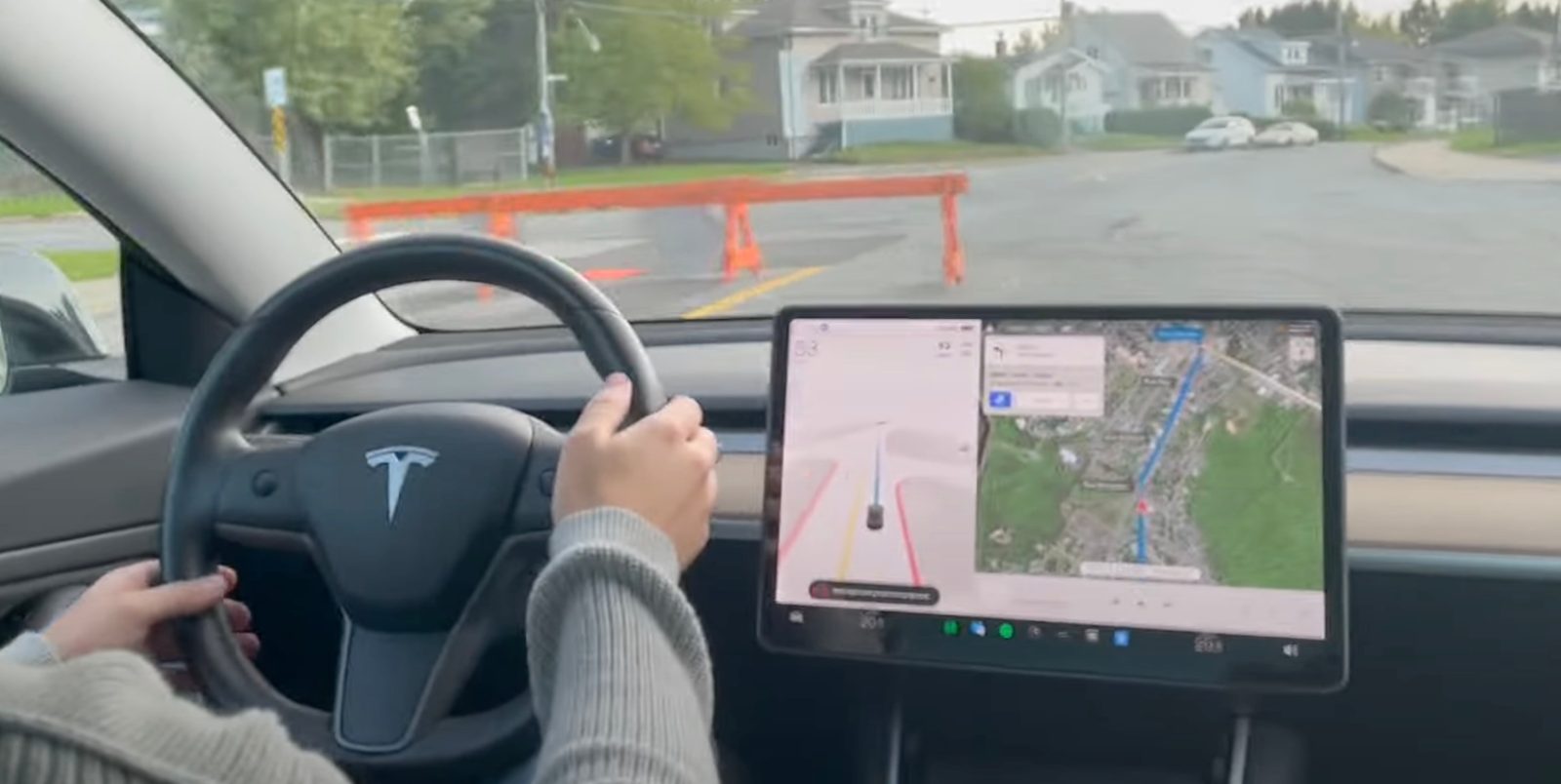
All Tesla automobiles with Full Self-Driving (Supervised) within the US at the moment are beneath NHTSA investigation after a deadly crash raised doubts in regards to the system’s dealing with of low-visibility conditions.
Automakers need to report when they’re made conscious of crashes involving their superior driver-assistance methods (ADAS), like Tesla’s Autopilot and FSD. These reviews are referred to as Standing Normal Orders (SGO).
When reviewing Tesla’s SGOs, NHTSA believes it discovered a regarding sample as reviews, which embody a deadly crash, had been associated to lowered visibility circumstances.
NHTSA wrote in its report:
The Workplace of Defects Investigation (ODI) has recognized 4 Standing Normal Order (SGO) reviews during which a Tesla car skilled a crash after getting into an space of lowered roadway visibility circumstances with FSD -Beta or FSD -Supervised (collectively, FSD) engaged. In these crashes, the lowered roadway visibility arose from circumstances equivalent to solar glare, fog, or airborne mud. In one of many crashes, the Tesla car fatally struck a pedestrian. One further crash in these circumstances concerned a reported harm.
It triggered the company’s Workplace of Defect Investigation (ODI) to open a Preliminary Analysis of Tesla’s FSD, which covers all Tesla automobiles constructed since 2016.
Right here’s what the investigation is attempting to evaluate:
- The power of FSD’s engineering controls to detect and reply appropriately to lowered
roadway visibility circumstances; - Whether or not every other comparable FSD crashes have occurred in lowered roadway visibility circumstances
and, in that case, the contributing circumstances for these crashes; and - Any updates or modifications from Tesla to the FSD system that will have an effect on the efficiency of FSD in lowered roadway visibility circumstances. Specifically, this evaluation will assess the timing,
objective, and capabilities of any such updates, in addition to Tesla’s evaluation of their security
impression.
An ODI preliminary analysis is among the first steps towards a recall, however Tesla has been via that course of a number of occasions, and as a rule, the automaker has been capable of keep away from vital remembers that aren’t easy over-the-air software program updates.
Electrek’s Take
The low visibility problem is definitely not new. Even easy solar glare can typically fully debilitate Tesla’s FSD. Fog can be a problem I’ve skilled a number of occasions, however most frequently, I do get an alert about unhealthy climate from FSD that warns of degraded efficiency.
Usually, on these events, I assess the climate, and if it’s one thing that I really feel as a human driver is straightforward to deal with, I’ll give FSD an opportunity, but when it’s not, I don’t take any threat.
However it’s pretty simple that beneath the present {hardware}, each HW3 and HW4, Tesla just isn’t geared up for FSD to deal with many climate circumstances, which makes stage 5 autonomy unattainable regardless of claims in any other case by Elon Musk.
Degree 4 autonomy, which accounts for sure highway situation exceptions, is the restrict, though there are doubts about it.
FTC: We use revenue incomes auto affiliate hyperlinks. Extra.



